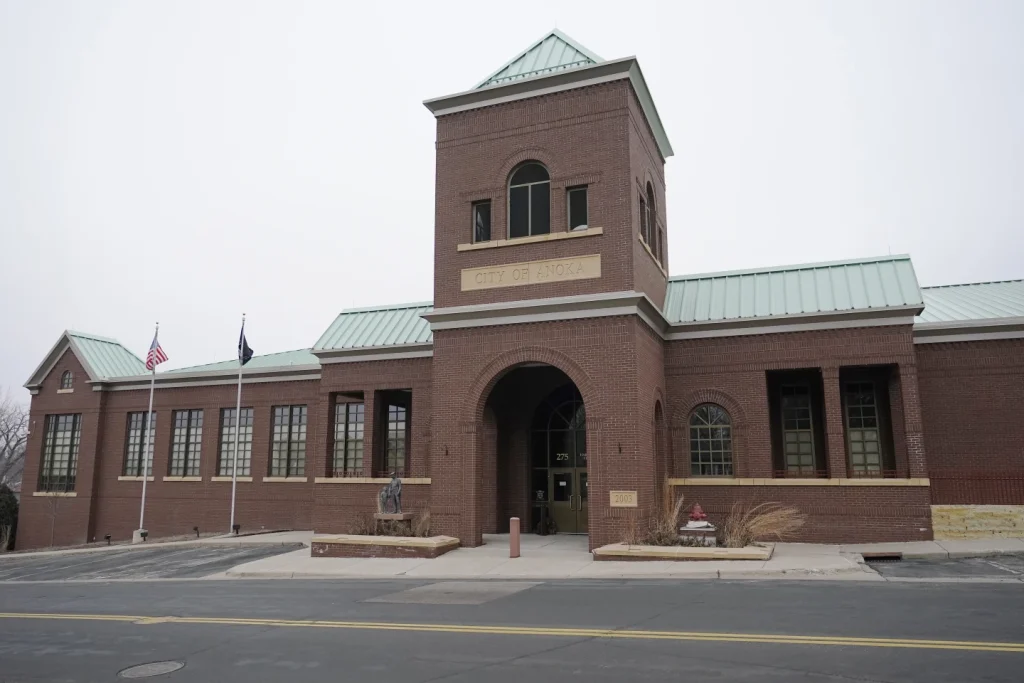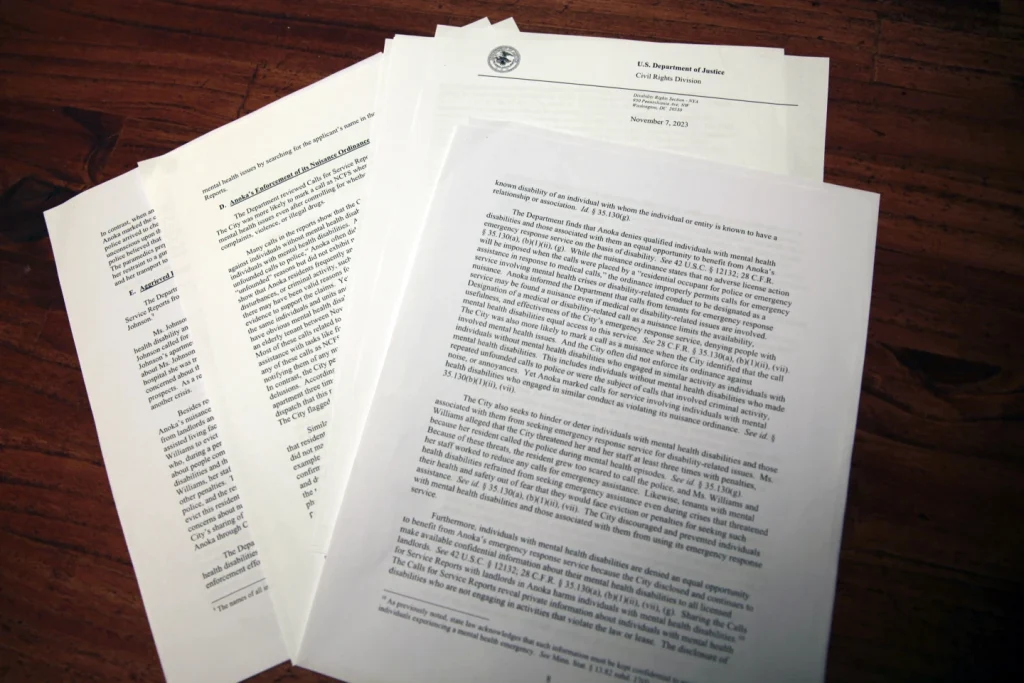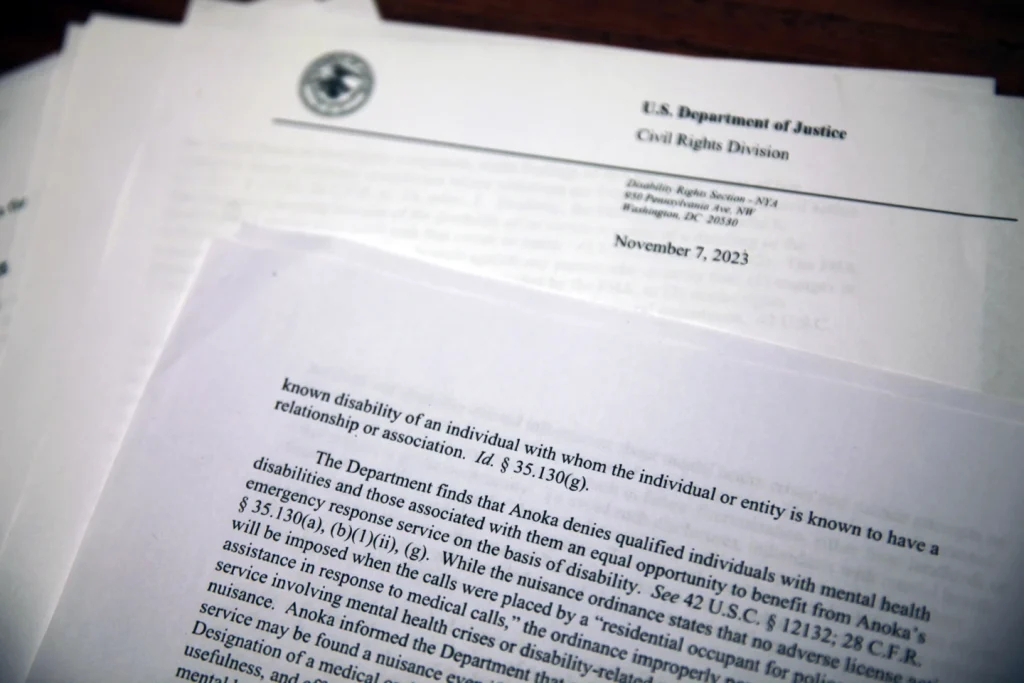In the United States, numerous communities have implemented “crime-free” or “public nuisance” laws, empowering landlords to evict tenants when law enforcement or emergency services are repeatedly summoned to specific addresses.
While these ordinances have been in place for decades, they have increasingly come under scrutiny for their potential to perpetuate discrimination, particularly against individuals with mental health disabilities.
This essay aims to critically analyze the multifaceted implications of these laws, shedding light on their enforcement, impact on marginalized communities, and the emerging concerns related to mental health discrimination.
The proliferation of anti-crime and nuisance ordinances has been notable, with over 2,000 cities in the U.S. and at least 3,000 international cities enacting such policies since the 1990s.
These ordinances grant landlords the authority to take action against tenants deemed to be causing public nuisances, including involvement in criminal activities or behaviors that jeopardize community well-being.

Additionally, landlords are often mandated to screen potential tenants and regulate the occupancy of rental properties. However, the specific parameters of these ordinances vary widely, leading to subjective interpretations of what constitutes a public nuisance.
For instance, the “Crime Free Housing” ordinance in Anoka, Minnesota, encompasses issues such as excessive noise, “unfounded calls to police,” and “physically offensive conditions,” yet lacks clear definitions for these terms, thus leaving room for subjective discrimination.
The enforcement of these ordinances has raised concerns about potential discrimination against vulnerable groups, particularly individuals with mental health disabilities.
Federal fair housing laws prohibit landlords from inquiring about an individual’s disability status or using it as a basis for rental decisions.
However, the implementation of crime-free laws often involves screening processes that indirectly target individuals with mental health disabilities.
Moreover, the sharing of detailed information about emergency calls with landlords can lead to stigmatization and reluctance to rent to individuals who have sought assistance during mental health crises.
This has resulted in instances where individuals, including those previously hospitalized for mental health issues, face homelessness due to discriminatory rental practices.
The implications of these ordinances extend beyond individual housing decisions, impacting broader social dynamics and perpetuating systemic discrimination.
The case of Hesperia, California, exemplifies how such laws can lead to individuals being labeled as potentially troublesome renters, further exacerbating the challenges faced by those with mental health disabilities.
The cumulative effect of these discriminatory practices not only perpetuates housing insecurity but also contributes to the overrepresentation of individuals with mental illnesses within the criminal justice system.
This phenomenon underscores the inadequacy of community-based mental health services, leading to jails serving as de facto psychiatric centers for those in need of support
In conclusion, the widespread adoption of “crime-free” and “nuisance” ordinances has brought to the fore complex issues related to discrimination and mental health stigmatization.
The subjective nature of these laws, coupled with the sharing of sensitive information, has led to adverse outcomes for individuals with mental health disabilities, exacerbating housing instability and perpetuating systemic injustices.

Addressing these challenges necessitates a comprehensive reevaluation of these ordinances, with a focus on safeguarding the rights and dignity of all individuals, irrespective of their mental health status.
Moreover, it underscores the urgent need for robust community-based mental health services to mitigate the reliance on the criminal justice system as a substitute for adequate support.
Ultimately, the reformation of these ordinances and the broader societal attitudes toward mental health are essential steps toward fostering inclusive and equitable communities
The enforcement of nuisance laws is a topic that has been the subject of critical studies and lawsuits, revealing a troubling trend of disproportionate enforcement in poorer neighborhoods and communities of color.
According to an August 2018 report from the American Civil Liberties Union and New York Civil Liberties Union, data from Rochester and Troy, New York, showed that the most vigorous enforcement of “no crime” and “public nuisance” laws occurred in poor and heavily minority areas.
Similarly, a 2017 federal lawsuit against Peoria, Illinois, revealed that almost all nuisance citations were issued in neighborhoods with larger percentages of residents of color.
These findings raise concerns about the potential for discriminatory enforcement of laws and the impact on marginalized communities.
Furthermore, other studies and lawsuits indicate that such ordinances are often implemented in response to an influx of residents of color from larger communities, further highlighting the need for greater scrutiny and accountability in the enforcement of these laws.
In 2019, when the Department of Justice (DOJ) filed a lawsuit against Hesperia, a city with a population of approximately 101,000 located about 60 miles northeast of Los Angeles, it alleged that city officials had explicitly indicated that their ordinance was a response to a growing number of residents of color.
The lawsuit cited a council member who made derogatory remarks about individuals from the Los Angeles area, stating that they were “of no value” and expressing a desire to expel them from the community as swiftly as possible.
Furthermore, other legal actions have demonstrated that crime-free policies can adversely impact victims of domestic abuse who repeatedly seek assistance from law enforcement. For instance, in 2013, the U.S.
Department of Housing and Urban Development lodged a complaint against Norristown, Pennsylvania, over an ordinance that purportedly allowed the town to penalize landlords for “domestic disturbances that do not require that a mandatory arrest be made.”
This was exemplified by a federal lawsuit filed by a Black resident in 2012, who faced eviction after seeking help during a series of abusive incidents involving her boyfriend.
Subsequently, she refrained from contacting the police when her boyfriend stabbed her in the neck, as she was informed that her emergency calls could result in eviction.
The lawsuit also highlighted a neighbor’s intervention, which led to the woman receiving urgent medical attention.

These cases raise important questions about the impact of such ordinances on vulnerable individuals and communities. Several states have taken steps to curtail the influence of these ordinances.
Maryland, for instance, passed legislation last year prohibiting cities and counties from penalizing landlords for the number of police or emergency calls to their properties, and California similarly restricted the use of crime-free policies at the beginning of this year.
Advocates anticipate a comparable legislative push in Illinois. Moreover, housing advocates and civil liberties groups have mounted legal challenges against these ordinances in various states, compelling cities to revise or repeal their policies as part of legal settlements.
Some communities have voluntarily rescinded their ordinances, with several cities in the Minneapolis area, such as Golden Valley, St. Louis Park, and Bloomington, repealing most or all of their ordinances beginning in 2020.
Additionally, other cities, including Faribault, have amended their ordinances, with Faribault agreeing to a $685,000 settlement in 2022 to resolve a federal lawsuit related to its ordinance.
This widespread legal and legislative activity reflects a growing recognition of the potential harms caused by such ordinances and the need to address these issues at both the local and state levels.
